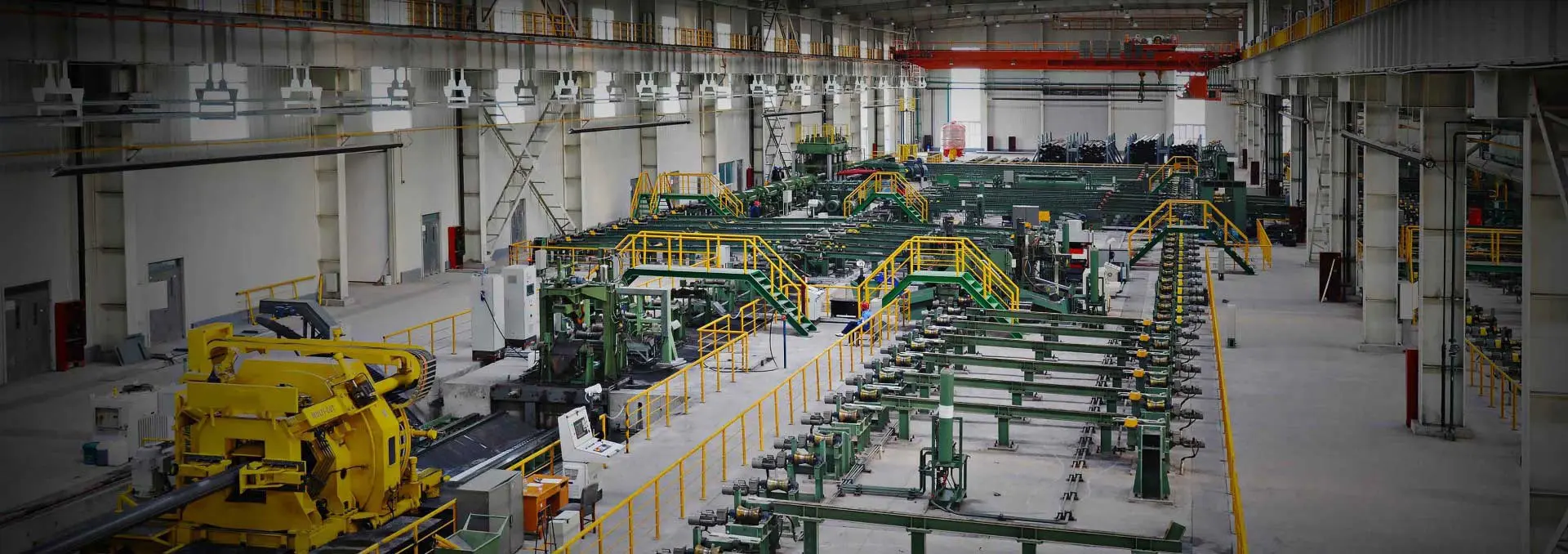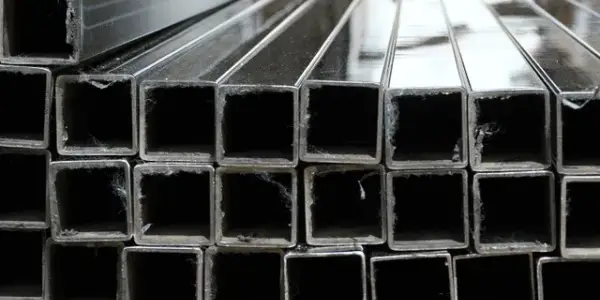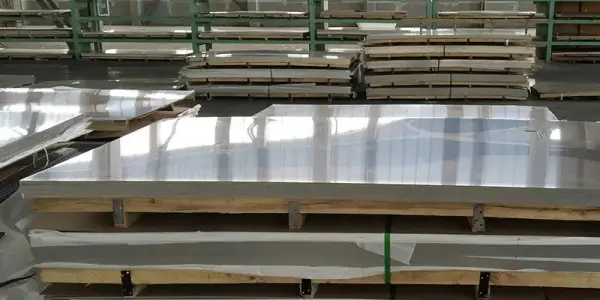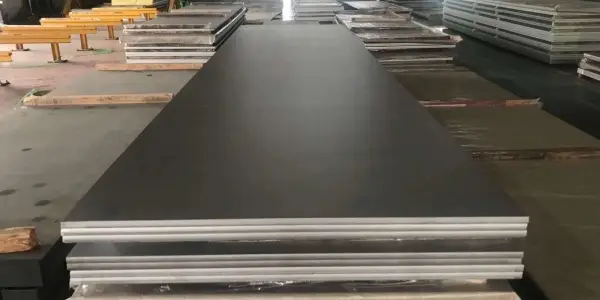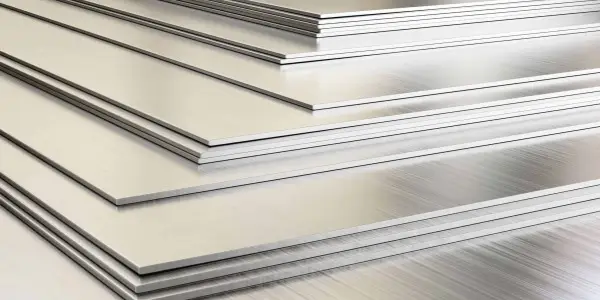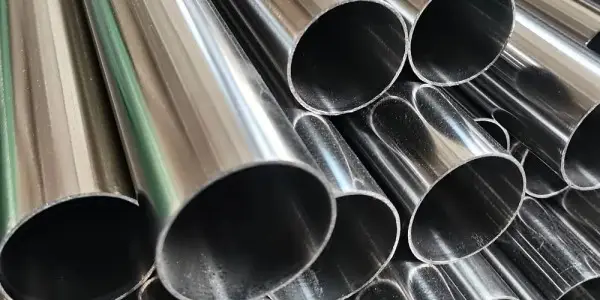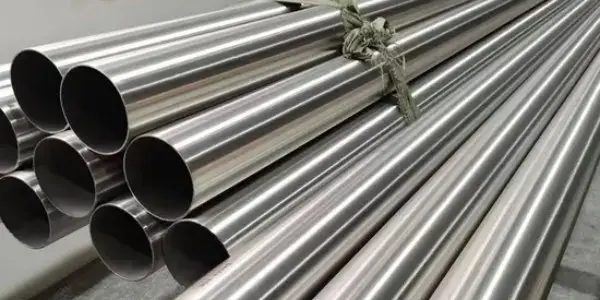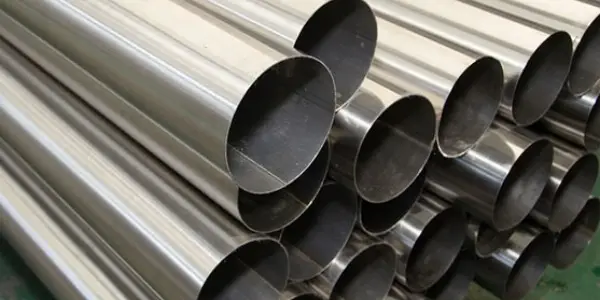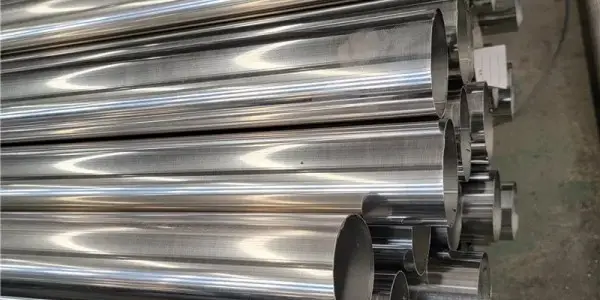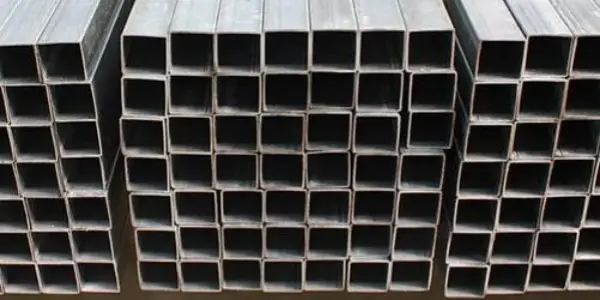-
Comprehensive introduction to stainless steel square hollow sections
Stainless steel square hollow sections (SHS) are structural steel profiles with a square cross-section. These sections are characterized by their hollow nature, which provides strength and durability while minimizing weight. They are commonly used in various applications, including construction, manufacturing, and architectural designs.
Read More
-
Hot-rolled vs cold-rolled stainless steel plates
When selecting stainless steel plates for various applications, understanding the differences between hot-rolled and cold-rolled options is crucial. Each type has unique characteristics and is suited for specific uses. Here’s a detailed comparison of hot-rolled and cold-rolled stainless steel plates.
Read More
-
How to prevent corrosion of stainless steel plates?
Stainless steel plates are widely used in various applications due to their excellent strength and corrosion resistance. However, to maintain their integrity and extend their lifespan, it is crucial to take proactive measures against corrosion. Here are some effective strategies to prevent corrosion of stainless steel plates.
Read More
-
Hardness range of commonly used stainless steel plates
The hardness of stainless steel plates indicates their resistance to localized plastic deformation. Plates with high hardness are less prone to bending, cutting, or scratching, which also reflects their strength, toughness, and wear resistance.
Read More
-
Storage method of stainless steel plate
Stainless steel plates are renowned for their excellent anti-corrosion and anti-rust properties, but proper storage is crucial to maintaining their integrity. Improper storage can lead to rust and degradation, so let's explore effective storage practices recommended by stainless steel plate manufacturers.
Read More
-
Application of welded stainless steel pipe
Welded stainless steel pipes are gaining significant attention from industries and regulatory bodies due to their versatility and corrosion resistance. These pipes are indispensable in critical sectors such as petroleum, chemical processing, pharmaceuticals, and food manufacturing, where durable, corrosion-resistant pipelines are essential. They have become the preferred choice for transporting hazardous and sensitive materials under stringent safety and quality requirements.
Read More
-
Scrap handling in the production of stainless steel welded pipes
Many users of stainless steel welded pipes are interested in how to manage production waste. The production of these pipes often generates significant waste, primarily classified into stainless steel dust waste and solid waste.
Read More
-
Application of SCH 80 stainless steel seamless pipe
Schedule 80 seamless stainless steel pipes offer a range of benefits that make them a preferred choice in various applications. Their unique properties ensure durability, efficiency, and aesthetic appeal in demanding environments.
Read More
-
Quality inspection and standards for stainless steel seamless pipes
Ensuring the quality of stainless steel seamless pipes is crucial for their performance and longevity in various applications. Quality standards and inspection methods play a significant role in maintaining product integrity, helping manufacturers meet both regulatory requirements and customer expectations.
Read More
-
What is the standard size of stainless rectangular hollow section?
Stainless steel rectangular hollow sections (RHS) are widely used in construction, manufacturing, and various industrial applications due to their strength, durability, and aesthetic appeal. These sections provide structural support and are often utilized in frameworks, railings, and supports. However, selecting the right size is crucial for ensuring the integrity and efficiency of the intended application. In this blog post, we will explore the standard sizes of stainless steel rectangular hollow sections, their applications, and factors to consider when choosing the appropriate size.
Read More

 English
English Español
Español




 Tel : +86-18565811709
Tel : +86-18565811709 Email :
Email : 